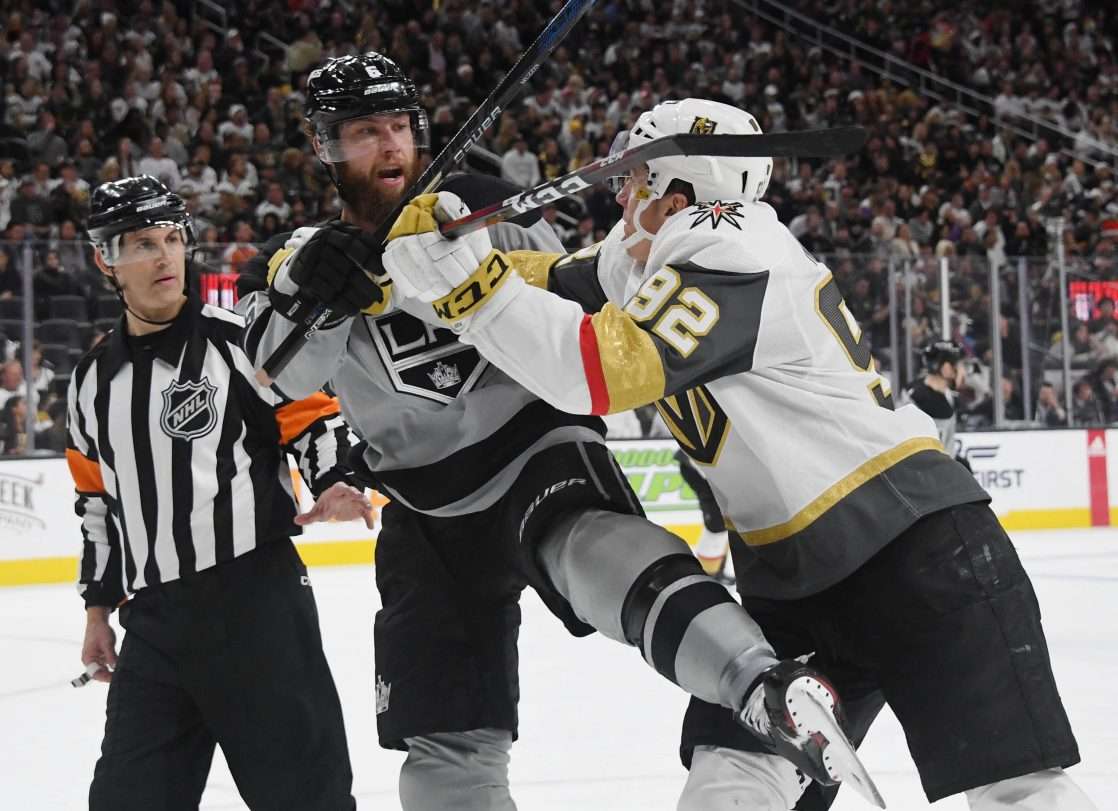There is no shortage of topics this week, so let’s get right into it.
We’ll cover the Jake Muzzin trade (of course), the departed Carl Grundstrom and Sean Durzi, Patrick Marleau’s struggles, the Toronto Maple Leafs‘ lack of power play opportunities, and Jeremy Bracco’s emergence for the Toronto Marlies.
Early Thoughts on the Jake Muzzin Trade

The Leafs paid a perfectly reasonable price for a player of Jake Muzzin‘s calibre. The Leafs were in desperate need of a high-end defenseman on a reasonable contract, and they didn’t have to give up Rasmus Sandin or Timothy Liljegren in the process. Kyle Dubas found a way to make a deal that just about everyone likes, as Muzzin is well-liked in the advanced stats community and physical enough to appeal to old-school fans. Don Cherry will love that the Leafs added an Ontario boy, while Brian Burke will praise Dubas’ ability to fill a clear weakness well before the deadline.
The Leafs had to make a deal. Ron Hainsey will be 38 come playoff time and there was no way that they could match him up against the Bergeron and Kucherov lines come playoff time. It would have been a crime to boast this group of forwards, plus a quality goaltender, and not make an addition to the backend.
I’ve watched Muzzin quite closely over the past month or so. He’s strong in the corners, breaks up plays with his long reach, and carries most of the typical attributes of a shutdown defender. He offers more foot speed than Ron Hainsey and he is far more talented in terms of advancing the puck up the ice. He’s also hit 40 points in three of the past four seasons. The Leafs were in desperate need of this kind of skilled puck mover on the backend.
One of Muzzin’s games that stood out to me came in a 4-3 overtime loss to the Buffalo Sabres on December 11th. He played 30.5 minutes while adding a goal and an assist, and although I wouldn’t call him an elite power play quarterback, he was making passes that we would never see out of Hainsey or Zaitsev. The Leafs struggle in terms of advancing the puck out of their own end; Muzzin should certainly help in this area.
Implications of the Trade
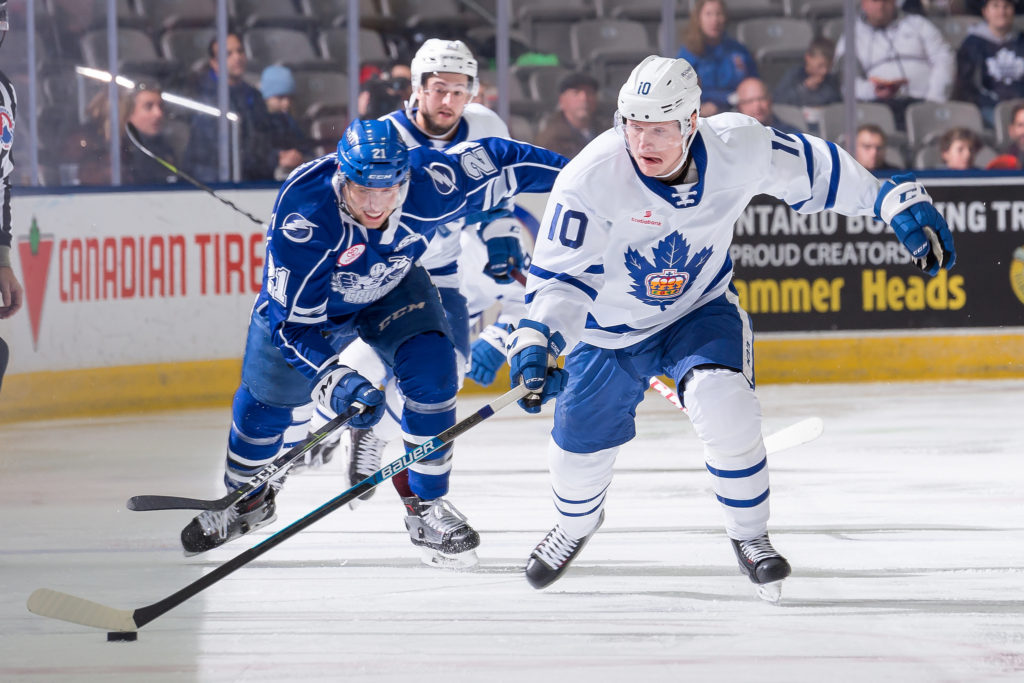
Carl Grundstrom will likely be a NHL player, but he lacks the vision, transition play, and playmaking skill to drive a line. He wins plenty of battles and offers a strong wrist shot, but I have always seen him more as a bottom-six type rather than a major difference maker. I do wonder if the Kings preferred Grundstrom to Jeremy Bracco or if Dubas’ negotiating skill kept Bracco out of this deal. Bracco has outplayed Grundstrom with the Marlies this year and the Kings really could have used the help on their power play.
Sean Durzi is a talented puck-mover and a solid prospect. I am not completely convinced that he has the foot speed to be a high-end offensive defenseman at the NHL level, but he’s been great in the OHL this year and I wish him all the best. I give credit to Toronto’s front office for getting value out of the 52nd pick as fellow second-round picks Yegor Korshkov and Eemeli Rasanen have not generated this level of trade value. The Kings actually selected Akil Thomas just one pick before Durzi; I wonder if he was their second choice.
I expect Muzzin to take away minutes from Hainsey at five-on-five, and since Igor Ozhiganov isn’t a regular penalty killer, we’re bound to see implications in this area as well. Expect one of Travis Dermott or Morgan Rielly to be taken off the penalty kill, freeing them up to log more minutes at five-on-five.
Muzzin’s contract expires when Marleau is off the books, allowing the Leafs to consider an extension. With such a long window, it would have been tough to go completely all-in on two years of Alex Pietrangelo and I am glad that Sandin, Kasperi Kapanen, and Liljegren remain in the organization. I expect Rielly to move over to the right side — he’s played on his off-side before and pivots well enough to do this well.
Patrick Marleau’s Rough Start
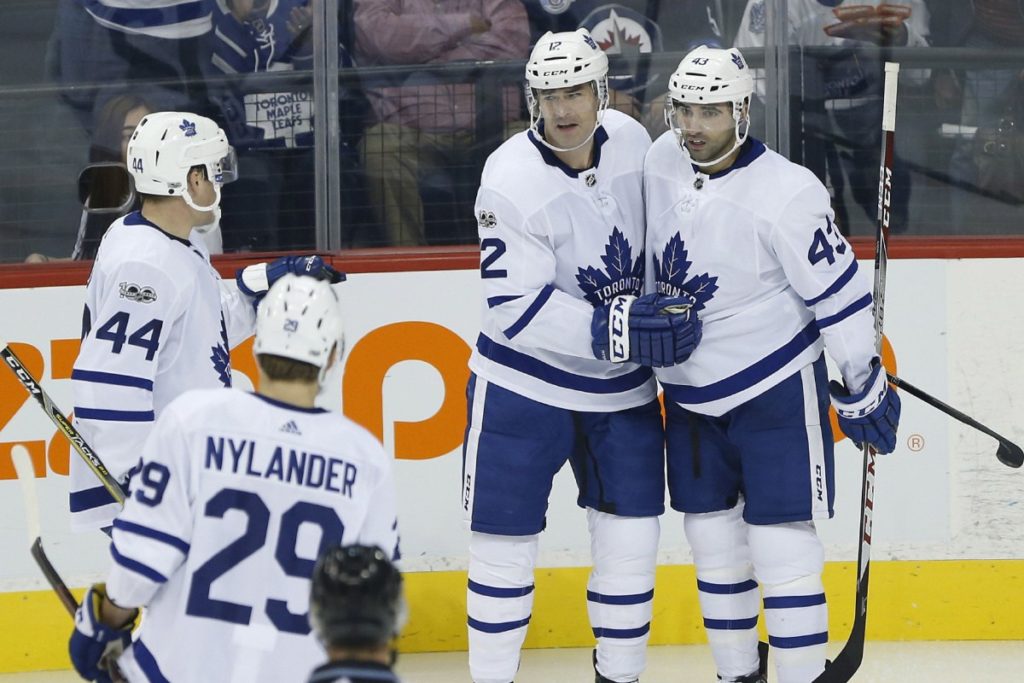
It is clear that Patrick Marleau is a great influence on Auston Matthews and Mitch Marner. He’s been one of my favourite players for well over a decade and always seems to find a way to surpass 45 points. If this was the final season of his contract, I would be applauding Lou Lamoriello for this signing. Instead, we are looking at a troublesome contract. The Leafs could certainly use $6.25 million in cap space next season rather than spending it on a 40-year-old winger.
At five-on-five, Marleau is currently Toronto’s worst forward in terms of points per minute:
Toronto’s forwards, ranked by 5v5 P/60 this year (via Corsica):
Moore- 3.26
Tavares- 3.16
Marner- 3.13
Matthews- 3.03
Johnsson- 2.33
Kapanen- 2.15
Ennis- 1.98
Kadri- 1.65
Brown- 1.38
Leivo- 1.36
Nylander- 1.36
Gauthier- 1.31
Hyman- 1.22
Lindholm- 1.1
Marleau- 0.94— Kevin Papetti (@KPapetti) January 26, 2019
This is quite concerning, as Marleau has three strong center-right wing duos to play with. Only Tyler Ennis has a worse relative shot-attempt differential (Corsi) among Leafs forwards and no one is worse from an expected goal differential perspective. He’s been one of the NHL’s worst forwards in terms of drawing penalties this season, and it’s not like he’s playing against top competition next to Tavares.
At first glance, his stat line of 22 points in 49 games doesn’t look all that bad. Once you consider the minutes he plays, the players he plays with, and his impact on shot-attempt differential, the story suddenly changes. He remains a talented finisher, and if his linemates can tilt the ice in Toronto’s favour, we can still expect him to capitalize. I would give him another 20 games in the top-nine, but if we don’t see improvement, the Leafs may want to consider limiting his minutes and putting him on the fourth line come playoff time.
Toronto’s Lack of Power Play Opportunities
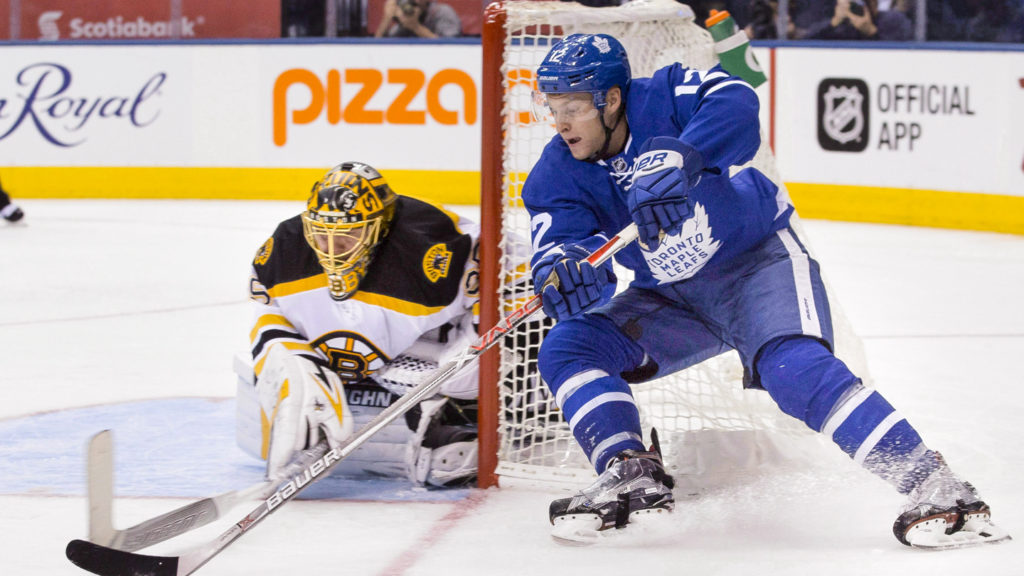
Connor Brown is one of two forwards to play 500+ minutes at five-on-five this year and draw zero penalties. Five other forwards have drawn exactly one penalty, with Marleau among this group. While Frederik Gauthier did not have enough minutes to qualify, he’s also drawn only one penalty all season.
The Leafs have nine fewer powerplay opportunities than any other team. What on earth is going on here? I’m willing to put part of the blame on the officiating, but there seems to be more to this. Opposing teams certainly don’t want to face Toronto’s power play, but they don’t want to face Tampa Bay or Colorado with the man advantage, either, and both of these teams have no problems drawing penalties.
I don’t want to spend the assets to acquire Wayne Simmonds or Micheal Ferland at the deadline, but I wouldn’t mind adding some type of agitator. Mason Marchment is elite at getting under his opponent’s skin and he has outstanding chemistry with Trevor Moore, so this could be an outside-of-the-box solution. Let’s hope that the lack of power play opportunities thus far is just a fluke.
Jeremy Bracco Remains on Fire
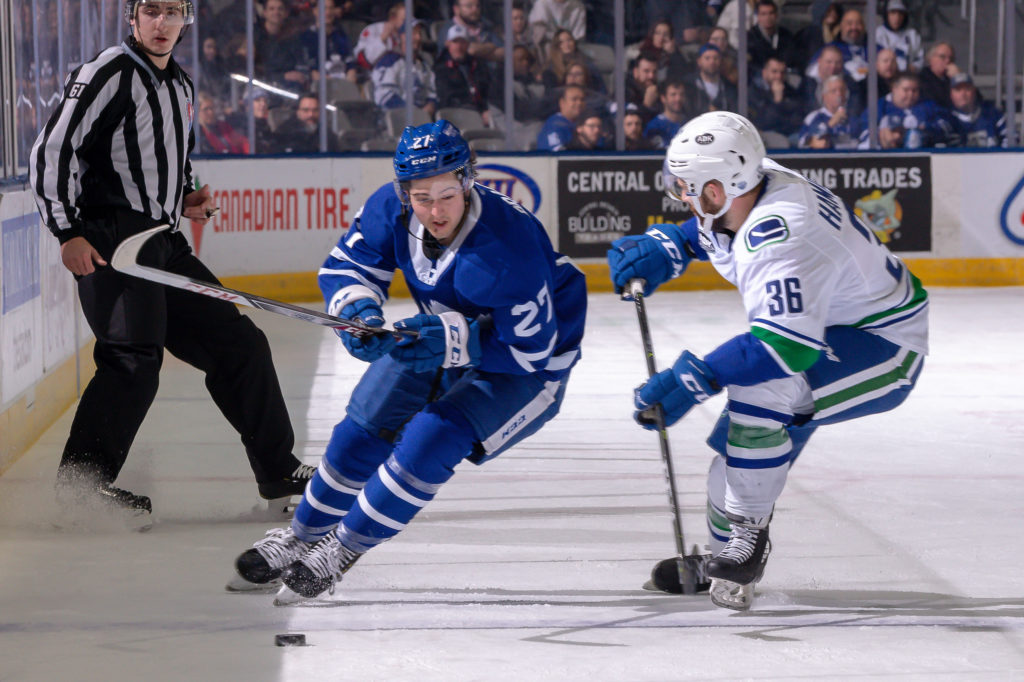
Jeremy Bracco started the season with two points in his first nine games. Since then, he’s notched 41 points in his last 34 games and has established himself as a focal point of his team’s offense. I am quite surprised that Dubas found a way to keep him out of the Muzzin trade.
He plays with first-line calibre AHL centers and the power play runs through him, so he picks up a few extra secondary assists as a result. He had absolutely no luck to start the season, but he’s now shooting 15.6% and is getting more than his fair share of breaks. While I don’t think this level of scoring production is sustainable, he’s scoring enough to enter into the NHL conversation for next season.
Bracco could help to fill Ennis’ role at some point next season and become the player who adds needed offense to the fourth line. However, as a 21-year-old with point-per-game production in the AHL, teams are bound to have plenty of interest in him at the trade deadline. Ultimately, if the Leafs want to make another big move in the next month, they certainly have the pieces to do it.























